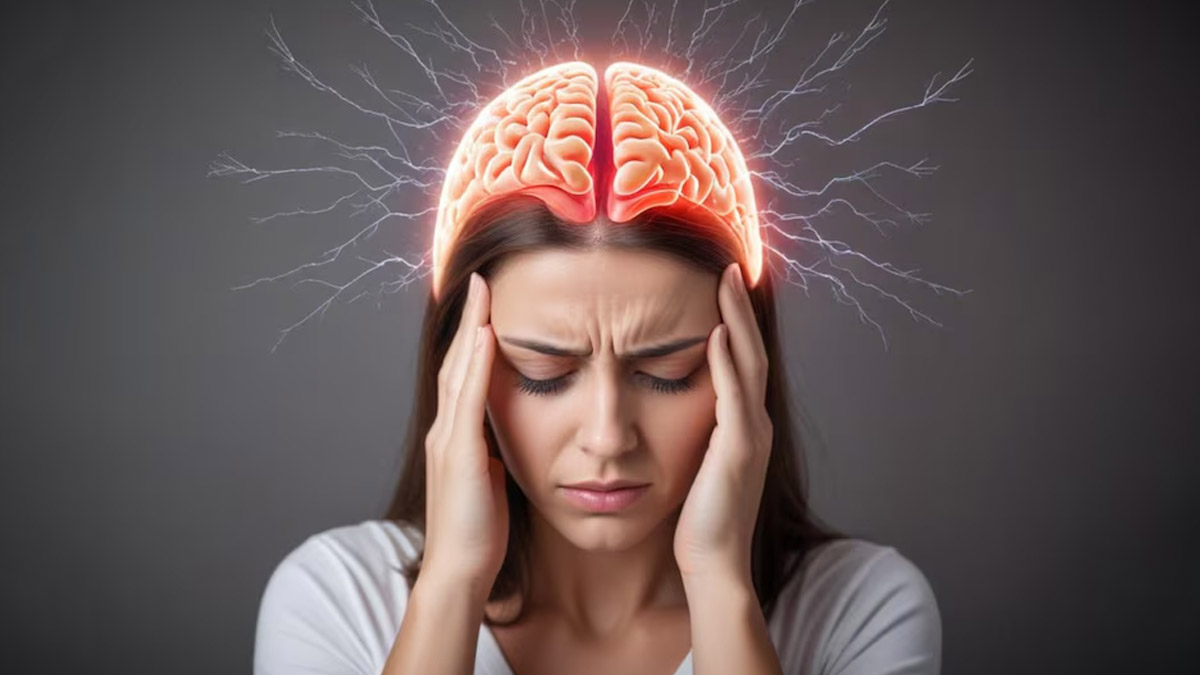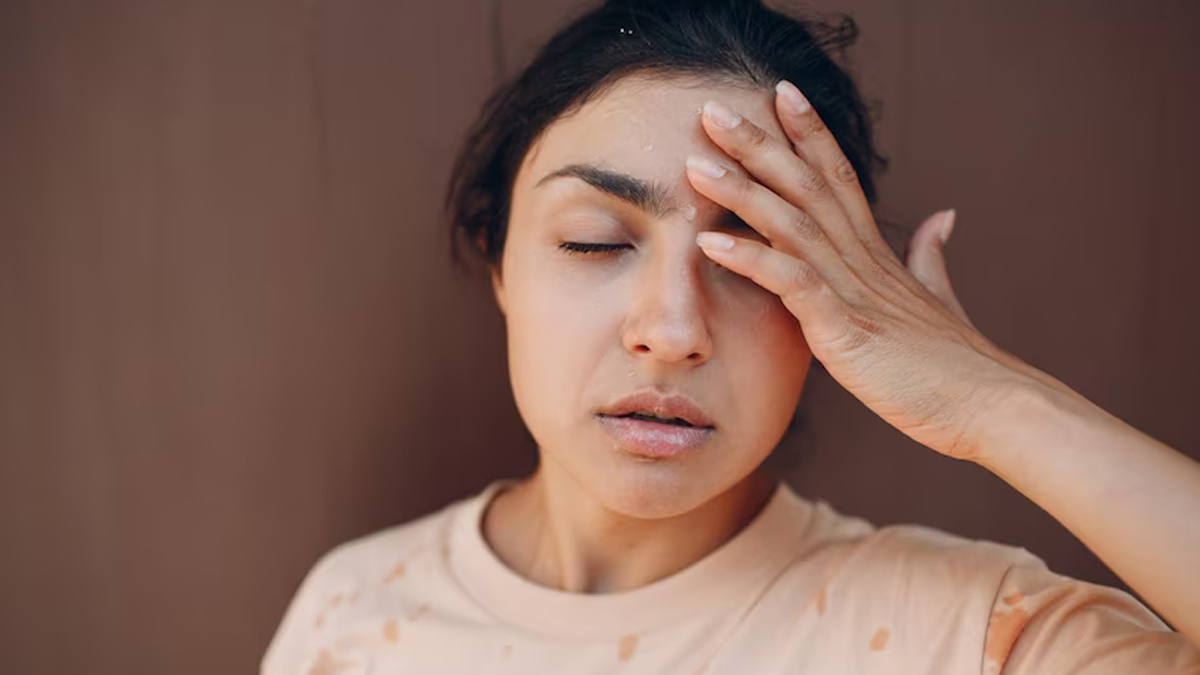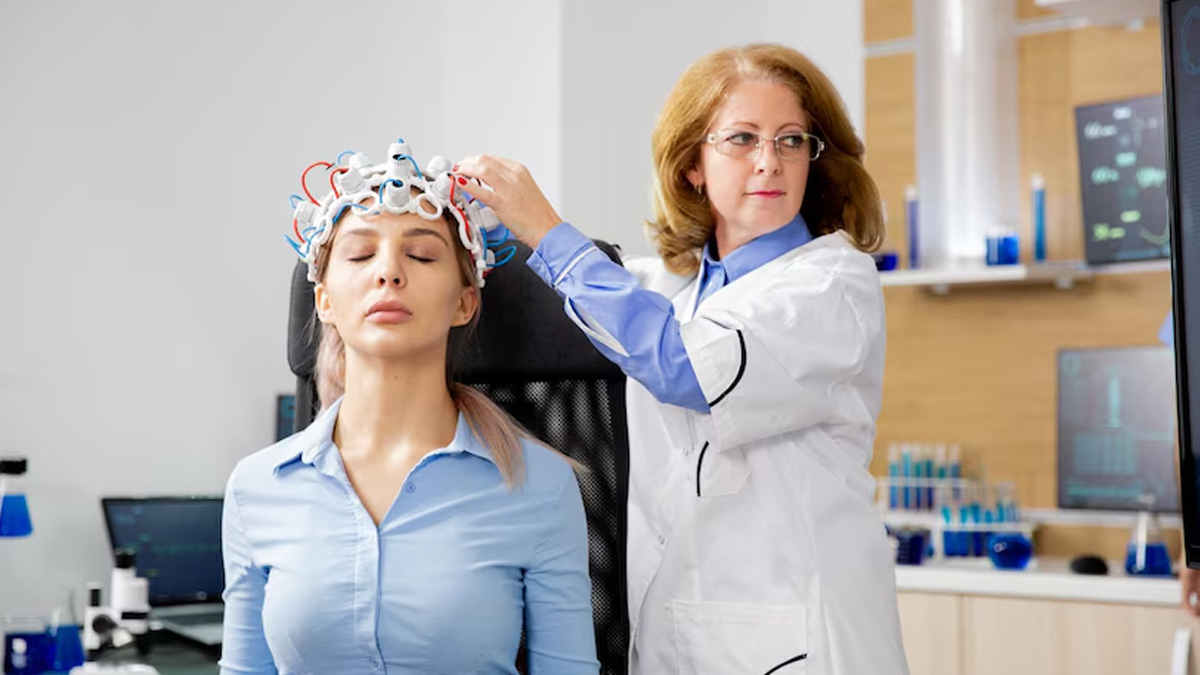
Stroke remains a leading cause of disability and death globally, affecting millions annually. Yet, despite its prevalence, stroke care for men and women diverges significantly across prevention, treatment, and recovery outcomes. As we observe World Stroke Day 2024, it is essential to address the gender disparities that persist in stroke care, spotlighting the unique challenges women face. Tackling these gaps is vital, as it can lead to enhanced care protocols and more effective recovery strategies for all stroke patients.
Table of Content:-
Gender Disparities in Stroke Incidence
Stroke does not impact men and women equally, with women facing unique risk factors and outcomes. To understand this, OnlyMyHealth interacted with Dr Pushpendra Nath Renjen (MBBS, DM (Neuro), FRCP, FRFCP), Senior Consultant, Neurologist, Apollo Indraprastha, Delhi.
According to Dr Renjen, “Women have a higher lifetime risk of stroke. This difference arises partly because women generally live longer, increasing their exposure to age-related stroke risk factors. Additionally, certain female-specific risk factors like pregnancy-related complications, hormonal therapies, and migraines with aura further elevate stroke risk in women.” This biological predisposition emphasises the importance of tailored, gender-sensitive prevention measures. Yet, there is a lack of awareness among women about these elevated risks, underscoring the need for comprehensive education and awareness campaigns targeting women’s health.
Atrial Fibrillation (AF) and Stroke Risk in Women

The relationship between atrial fibrillation (AF) and stroke risk is particularly concerning for women. Dr Renjen adds, “Women with AF have a notably higher risk of stroke compared to men with the same condition, especially as they age.” Given these biological and hormonal differences, it is critical to improve preventive screenings and educate women on the importance of managing AF proactively.
Barriers to Treatment Access and Outcomes
The path to effective stroke treatment is often complicated for women, with delays in diagnosis and access to optimal care being common issues.
Delayed Recognition and Emergency Response
“Stroke symptoms in women can sometimes differ from classic signs, like drooping face or slurred speech. Women often experience non-traditional symptoms, such as fatigue, confusion, or nausea,” says Dr Renjen. This difference in symptom presentation can lead to delayed diagnosis, resulting in missed opportunities for timely interventions like thrombolysis (clot-busting drugs) or mechanical thrombectomy, which are most effective within a narrow time window.

Treatment Gaps and Access Issues
Studies indicate that women are less likely to receive advanced interventions, such as thrombectomy, or to be admitted to specialised stroke units compared to men. Women also tend to face longer wait times in emergency settings. Dr Renjen emphasises, “Addressing this treatment gap requires that healthcare systems recognise the urgency of equitable treatment for women, from diagnosis to care in stroke units.”
Social and Behavioral Factors Affecting Care
“Older women, especially those who live alone, often experience longer delays in seeking emergency care for stroke,” notes Dr Renjen. This delay may stem from various factors, including lack of immediate family support and the tendency of caregivers or first responders to underestimate the severity of symptoms in older women. These social dynamics are essential to consider in developing interventions that can assist women in timely access to stroke care.
Also read: World Stroke Day 2024: Expert Shares How To Prevent A Stroke Before It Strikes
Gender Differences in Recovery and Rehabilitation
Beyond the initial treatment, gender disparities extend into the recovery phase, impacting long-term outcomes for women.

Higher Disability Rates and Mental Health Challenges
Women frequently experience more severe strokes and higher levels of post-stroke disability. Dr Renjen observes, “After a stroke, women are more likely to struggle with long-term disabilities, including cognitive decline and depression, which can impede rehabilitation.” The risk of post-stroke depression is also higher among women, often slowing their recovery journey and emphasising the need for holistic support that includes mental health resources.
Limited Access to Rehabilitation Services
“Access to high-quality rehabilitation services is crucial, yet many women face barriers due to social roles, like caregiving responsibilities,” says Dr Renjen. Older women especially may lack social and financial resources to support extended rehabilitation, affecting their recovery. Healthcare systems need to ensure that stroke rehabilitation programs are accessible and tailored to women’s specific needs, providing adequate support for both physical and mental recovery.
Conclusion
The need to address gender disparities in stroke care is undeniable. Women face distinct challenges in stroke prevention, treatment, and recovery, making it crucial for healthcare systems, policymakers, and society to take collective action. Dr Renjen emphasises, “Stroke does not discriminate, and neither should healthcare. By prioritising research, education, and policy reforms, we can close the gender gap in stroke care and ensure that women receive the comprehensive care they deserve.”
Also watch this video
Read Next
World Stroke Day 2024: Expert Explains Insomnia’s Hidden Impact on Heart Attack and Stroke Risks
How we keep this article up to date:
We work with experts and keep a close eye on the latest in health and wellness. Whenever there is a new research or helpful information, we update our articles with accurate and useful advice.
Current Version